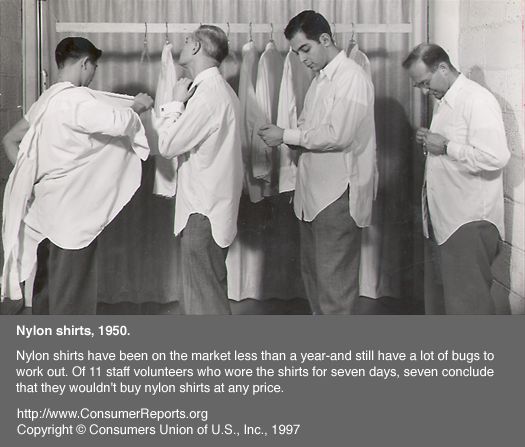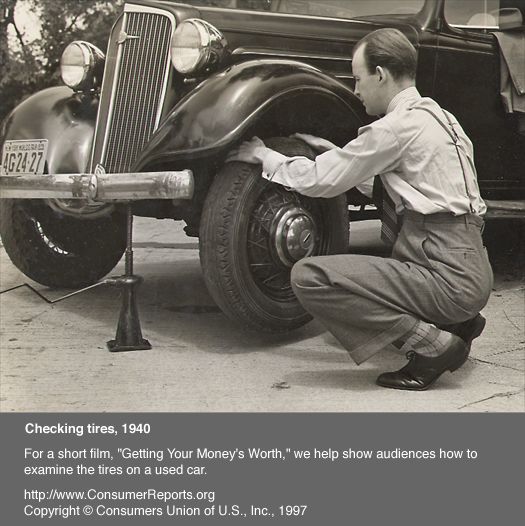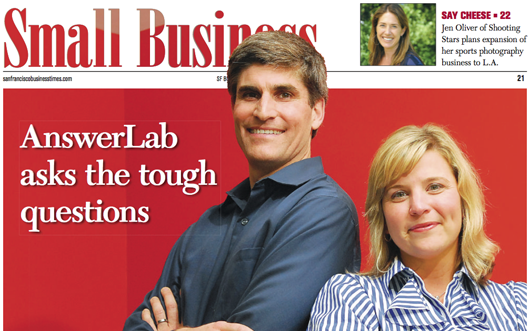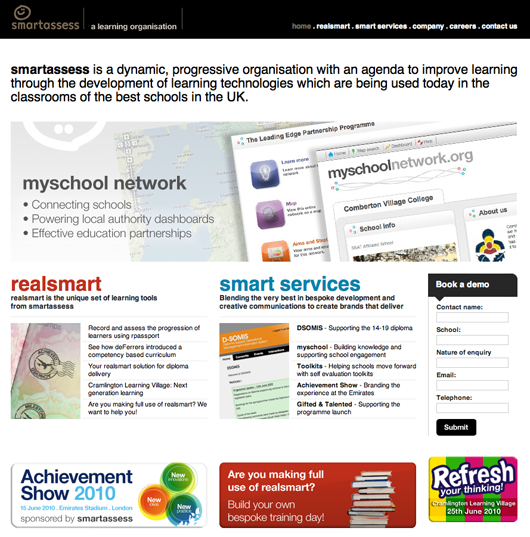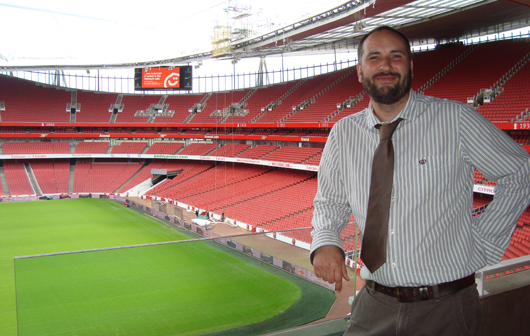While driving home this afternoon, my wife’s car was rear-ended. The car that she was following stopped suddenly, forcing her to stop suddenly. The next driver in the chain wasn’t quite able to stop in time. Fortunately, nobody in either car was hurt, but, it was pretty traumatic for my wife and kids and my 6 year old son, Noah, was crying.
Enter the North Carolina Highway Patrol. Police officers often get a reputation for being cold or unsympathetic, and I’ve certainly met some of that type. The officer that helped my wife today, though, was the exact opposite. Very kind and patient, particularly with my boys. After the paperwork was completed, she went to her car and returned with a stuffed puppy that she gave to Noah. She explained that she’d been carrying it around in her car for a while but wanted him to have it because he’d had a rough day.
As simple as that, a single small act of kindness turned completely changed the complexion of the afternoon, at least for one little boy. Tears were replaced with a smile by applying a little empathy to the situation. Sure, it will be annoying going through the process of getting the car repaired, but my lasting memory won’t be of the accident. It will be of the compassionate police officer who made my son’s day just a little bit better.


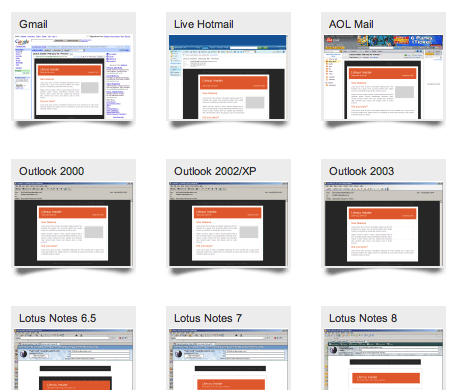
 We have a handful of competitor’s doing a similar thing. For a couple of years we watched them closely and tried to keep up with them in terms of features. It felt like there were things we “had” to have, in order to be comparable. That was wrong. What Moore discusses is being competitive by innovation, not by keeping up on features. It’s similar to your own ideas about underdoing the competition.
We have a handful of competitor’s doing a similar thing. For a couple of years we watched them closely and tried to keep up with them in terms of features. It felt like there were things we “had” to have, in order to be comparable. That was wrong. What Moore discusses is being competitive by innovation, not by keeping up on features. It’s similar to your own ideas about underdoing the competition.